What to watch for on Election Day 2018? Three Eastern Michigan University professors offer their take on a campaign that many are anxiously watching
Turnout will be crucial in both national and local elections, while national polls draw some skepticism. The Trump factor will be an interesting variable, and keep an eye on those races for governor in various states.
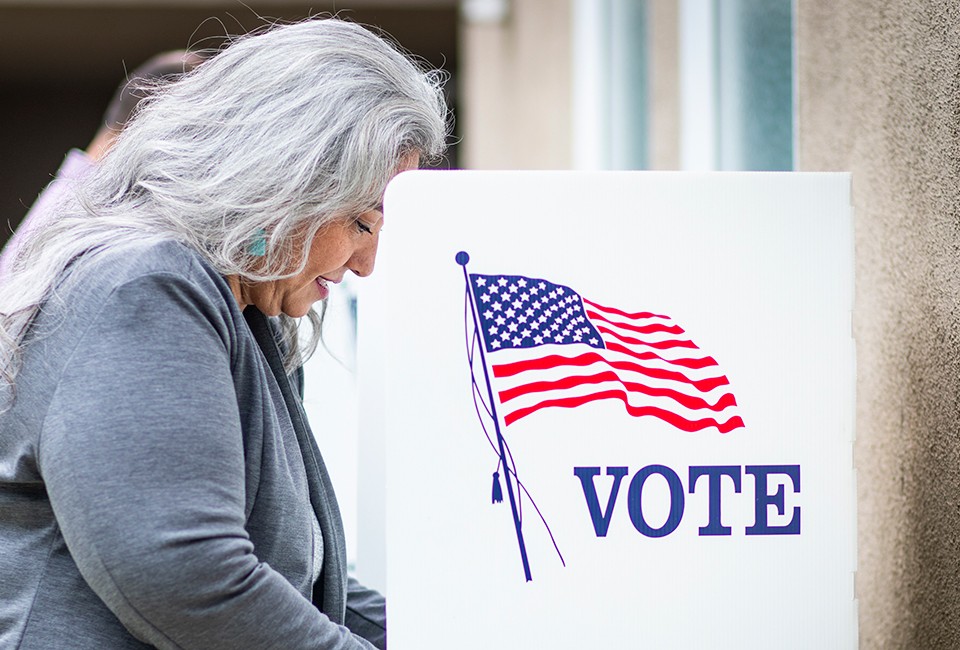
YPSILANTI – It’s been labeled the most crucial mid-term election campaign in decades. Across the country, the political parties are mobilizing to vote in local, state and national elections.
So, to help makes sense of it all, we at EMU TODAY sought out some expertise from our friends in the Eastern Michigan Political Science Department. What are professors Jeffrey Bernstein, Edward Sidlow and Arnold Fleischmann watching for in the Nov. 6 vote. Here’s a look at what’s on the radar of these scholars:
Jeffrey Bernstein

Turnout: I teach my students that elections are more about mobilization than about persuasion; whichever side turns out its voters wins. The battle is not to convince me to vote for Candidate X over Candidate Y; the biggest battle is to get me off my couch and get me to care enough to actually vote for whichever candidate I prefer.
Typically, Republicans enjoy a turnout advantage in midterm elections relative to presidential elections, but this year, indications are that Democrats are fired up about the election, motivated by dissatisfaction (to put it mildly) with President Trump.
Republicans, for a time, looked as if they were losing the enthusiasm gap, but that gap closed somewhat during and following the Kavanaugh hearings and vote. If the Democrats turn out more, and the electorate consequently looks younger, female, and more ethnically and racially diverse, they are going to have a great night. If not, and the electorate looks more like the 2016 or 2014 electorates, the Republicans could avert the worst of the Blue Wave. Under the best of circumstances, the Republicans will lose House seats. A good turnout night might prevent the Democrats from gaining the majority.
Candidate Quality: Nowadays, legislative elections are more national affairs than in the past. The partisanship of the district (for House elections) or state (for Senate elections) drives the results more than they used to. But, with that said, the candidates matter. All indications suggest that the Democrats have recruited and run a strong slate of candidates this year; will it matter? At the margins, stronger candidates can make the difference between a narrow loss and a narrow win. I am incredibly eager to see how this narrative plays out. Challenger quality played a big role in my senior thesis just a few years ago, and you never forget your first love.
Polling: The polling industry took a hit in 2016, some of it deserved, most of it not. I am eager to see how well it bounces back this year. I’ve been obsessively following the polls, and the poll aggregation websites such as fivethirtyeight.com, and I am excited for this new generation of understanding of public opinion polling. Do I trust an individual poll? No, not really, I’m appropriately skeptical. But do I trust an aggregation of polls, particularly when that aggregation is done well? Why, yes, I do. I’m curious to see if, and under what circumstances, my trust is shown to be warranted. Polling has become harder, what with fewer landlines, less trust of pollsters, higher refusal rates, etc. I’m rooting for the industry to continue adapting to the new world, and to do it well.
On Election Night: On Election Night, I’ll probably have the TV on, but I’ll mostly be geeking out on my computer. I’ll be following the vote totals, most likely on the New York Times website; fellow nerds should be looking at The Upshot on the Times website, which tracks results and offers up to the minute predictions for key races based on results that have already come in. I’ll have a window open to the Live Blog on fivethirtyeight.com, which offers some of the most intelligent, data-based analysis out there. And I’ll be following the prediction markets, which aggregate predictions on likely results (much like a stock market), adjusting based on how participants in the market react to developing news. I’ll have spreadsheets open on the computer, and lots of scrap paper with my own projections for the most important races. I can’t wait for the night to get started!
And, frankly, I can’t wait for this darned election to end, so I can go back to watching Jeopardy without being pounded by these relentless campaign commercials, and so I can put my mental energies to more fruitful tasks. Maybe, after the election, I’ll finally figure out quantum mechanics.
Edward Sidlow
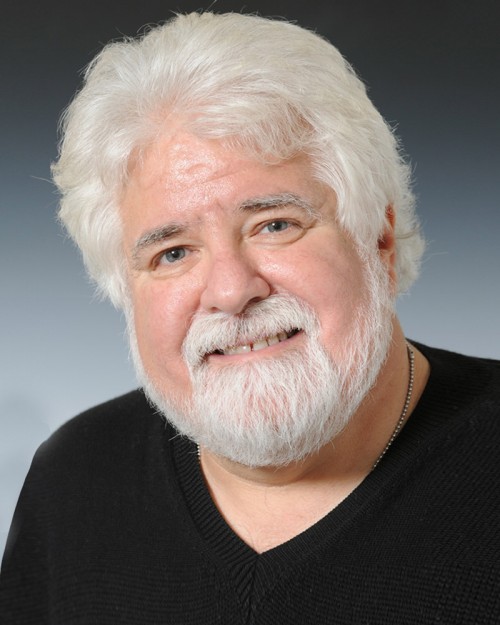
I was asked what two or three things I would be looking for in the upcoming 2018 elections. The best I could do was offer two things that I would look at, and one thing that I will not.
I will not look at public opinion polls that seek to project winners in the upcoming congressional elections.
I have seen some that are based on tiny sample sizes and have a 5 percent margin of error. I believe that these polls are worthless. I have seen others that attempt to generalize from larger state trends to single congressional districts. It might be a race to the bottom here, but I think that these might be slightly less valuable than the worthless small sample size polls that I have noted above.
The great election statistician, Nate Silver, said not long ago that many of the predictions that got the Trump - Clinton election wrong, were probably based on models that suggested that Secretary Clinton had a four in five chance of winning. That would mean she had a 20 percent chance of losing, which she did. For reasons that escape me, I do not think that the polling industry learned its lesson and 2016, and I for one, will put no stock in off year election predictions by pollsters.
I will look at turnout. But I'll only look at turnout in specific house districts where larger than usual turnout among some particular voter group might sway an election. To that end, in suburban districts, or what are often referred to as collar counties surrounding large cities, I will look to see whether women are voting in greater numbers than they did in the 2014 off year elections. If that is the case, we might expect a pretty good night for Democratic House candidates. Likewise, if there is a spike in voter turnout in urban districts, that too might bode well for Democratic House candidates.
More broadly, I will look at turnout among women. If the women's vote is very high, that will likely bode well for Democrats and might help them carry some Senate races and governorships.
The Trump factor. I think one of the most interesting questions to be answered regarding these off year elections is whether or not they will be a referendum on Donald Trump. Will the Trump base turn out to vote in an election where Mr. Trump's name is not on the ballot? Or, will those who are dissatisfied with the Trump presidency take that dissatisfaction out on Republican candidates?
I think it would be foolish to offer any sort of prediction regarding the November elections. While admittedly I'm not a stranger to doing foolish things, I am sure as hell not going to offer any prediction that can be so easily checked in the newspapers on the Wednesday after the election. In fact, perhaps there's some symbolism in the fact that the morning after election day, I am scheduled to fly to Montréal for a conference. Frankly, I'm quite comfortable with that.
Arnold Fleischmann
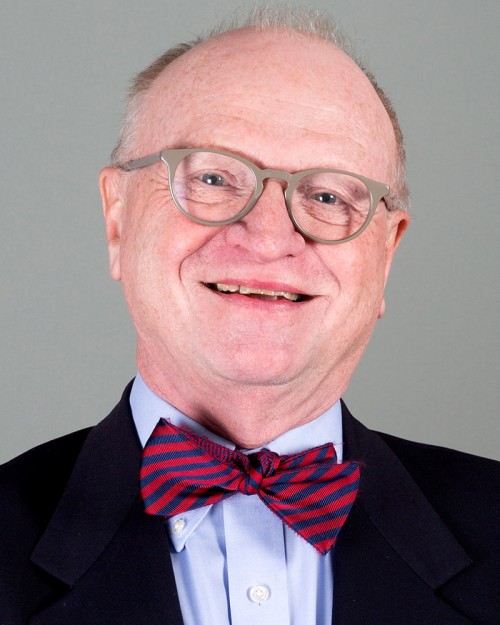
State and local elections in 2018: A lot of eyes on November 6 will be glued to U.S. House and Senate races. Other key battles are being fought at the state level, where Democrats are hoping to dent Republican control of 33 of the 50 governorships. Thirty-six are on the ballot this year, 26 now held by Republicans.
There is a lot of interest in Georgia and Florida, where the Republican incumbents are leaving office and the Democratic candidates are African American. Maine will also be worth watching to see who succeeds a controversial Republican. In Illinois, the Republican incumbent is facing a wealthy Democratic challenger.
Beyond seeing who wins in in Michigan, it will be interesting to watch how the two major candidates for governor do in the 12 counties – including Calhoun, Macomb, Monroe, and Saginaw – that voted for Obama in 2008 and 2012 and then flipped to Trump in 2016. The Center for Michigan, which does investigative journalism, is a good source of information on state races.
And then there are the ballot measures – over 150 across 37 states covering pot, elections, redistricting, abortion, taxes, and other subjects. Here is a good source on those. In Michigan, we will vote on marijuana legalization, redistricting, and election procedures. A great place to find analysis of these proposals is the Citizens Research Council of Michigan. There has been almost $7 million spent on these issues, mostly by supporters.
One local controversy to follow is the ballot measure in Ann Arbor to amend the city charter to create a park downtown on city-owned land. The city council has voted to sell the site to a developer, with the agreement including provisions regarding affordable housing.
About Eastern Michigan University
Founded in 1849, Eastern is the second oldest public university in Michigan. It currently serves more than 19,000 students pursuing undergraduate, graduate, specialist, doctoral and certificate degrees in the arts, sciences and professions. In all, more than 300 majors, minors and concentrations are delivered through the University's Colleges of Arts and Sciences; Business; Education; Health and Human Services; Technology, and its graduate school. EMU is regularly recognized by national publications for its excellence, diversity, and commitment to applied education. For more information about Eastern Michigan University, visit the University's website.
October 24, 2018
Written by:
Geoff Larcom
Media Contact:
Geoff Larcom
glarcom@emich.edu
734-487-4400
More Stories
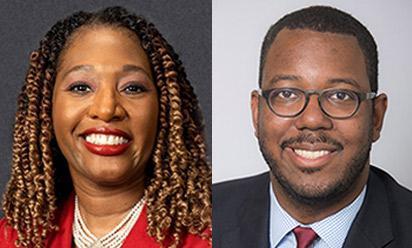
Gov. Whitmer appoints two new members to the Eastern Michigan University Board of Regents.
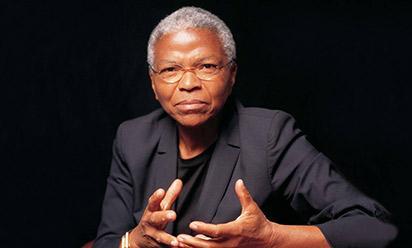
Renowned author, activist, and historian Mary Frances Berry to keynote Eastern Michigan University’s 39th Annual MLK President’s Luncheon.
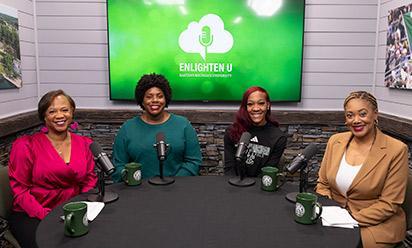
Eastern Michigan University’s “Enlighten U” podcast shares insight on grief, loss, and healing.

Eastern Michigan University names Ethan Villa 2024 Presidential Scholar.
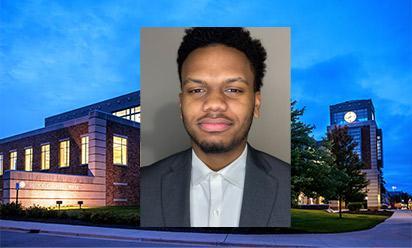
Eastern Michigan University names Trevor Peterson Jr. 2024 Presidential Scholar.

